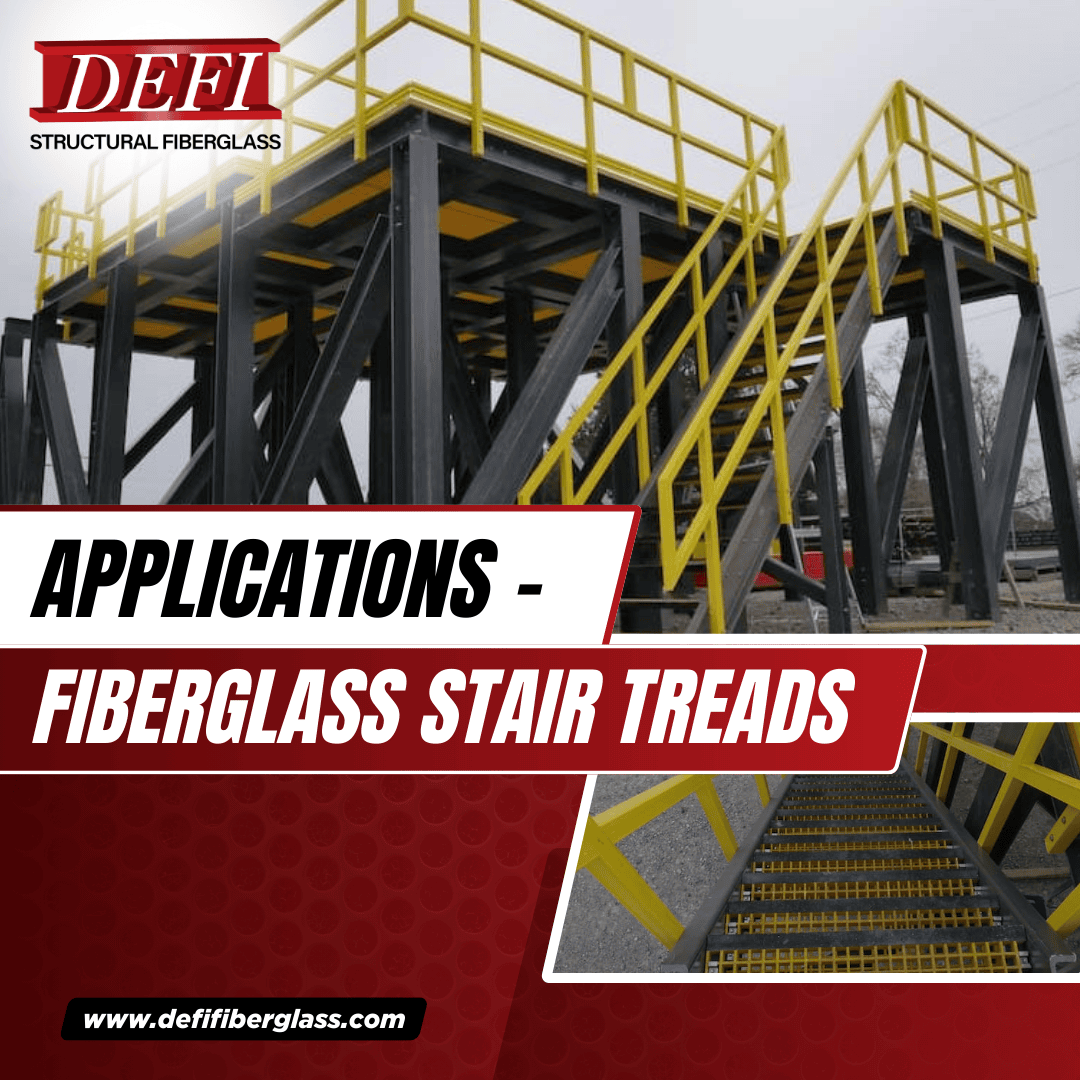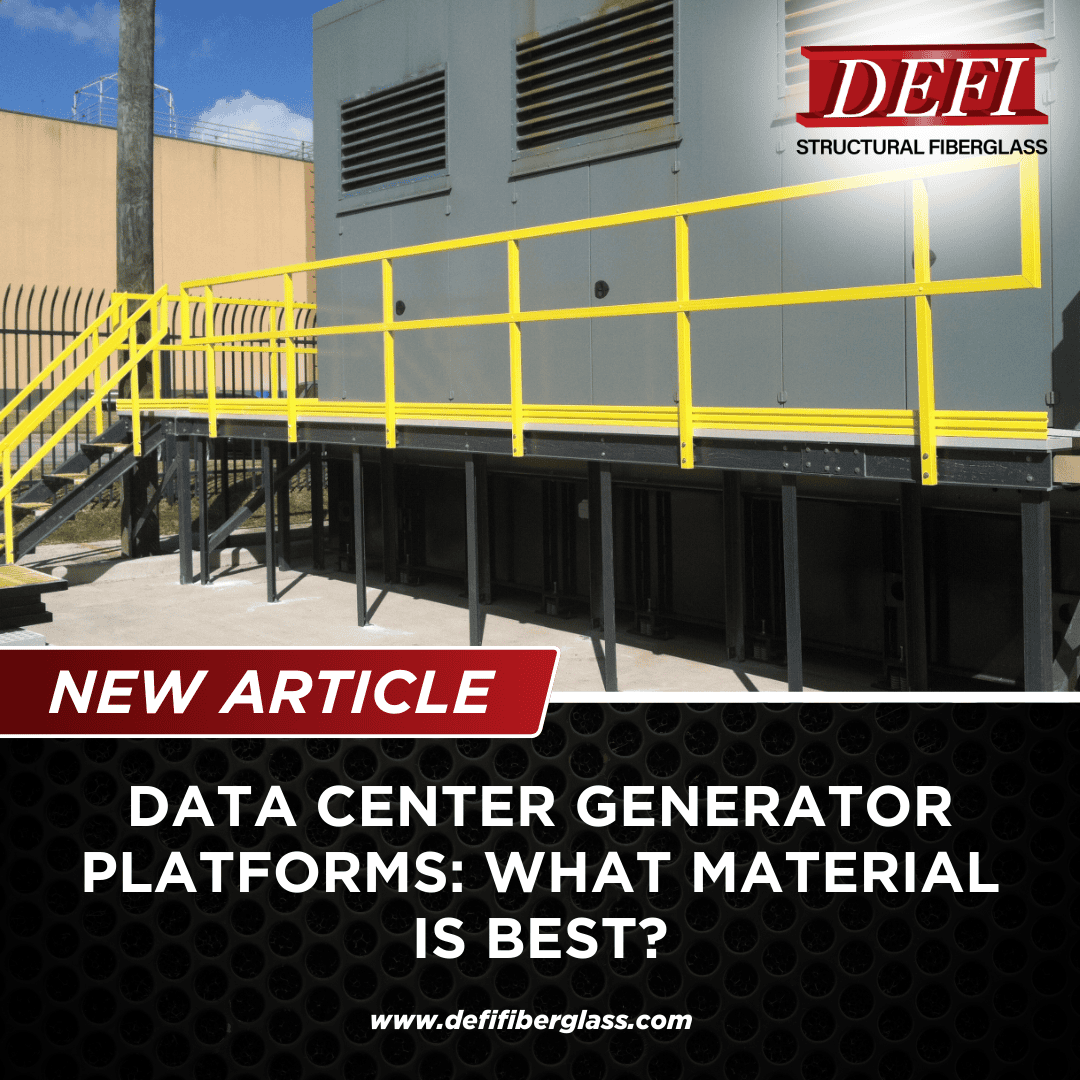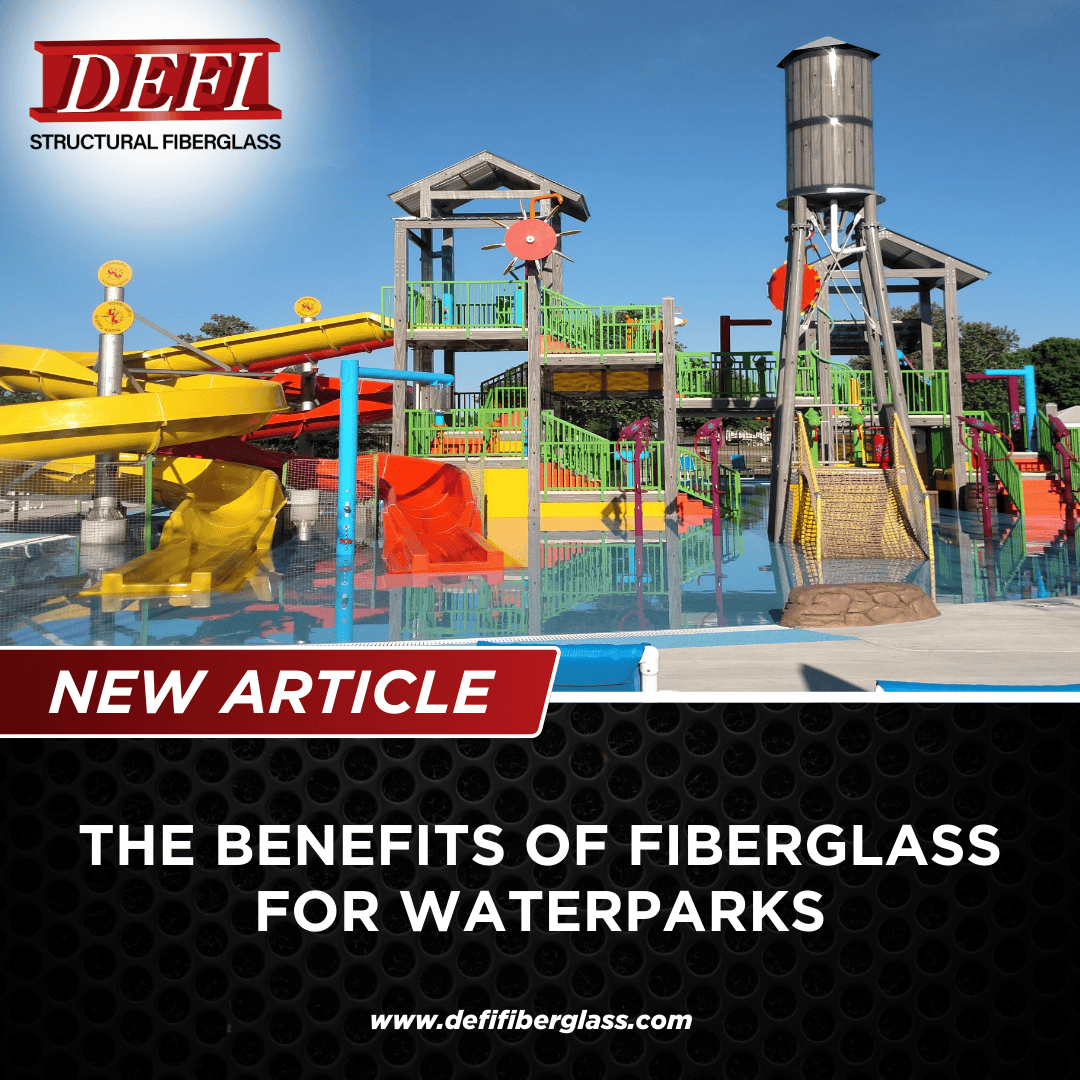A: OSHA lays out in detail, what the requirements are for handrails—it’s under rule 1910. It gives specific details on what’s required, specifically, the handrails need to be 42 inches tall. They also may require that you install toe plates to avoid things being kicked off the structure.
Fiberglass is the better choice for any handrail system because it’s non-conductive and UV stable.
What Is OSHA?
When it comes to workplace safety, the Occupational Safety and Health Administration, known as “OSHA,” is the governing body that determines safety protocols and workplace designs for safety. They regulate everything that is directly or indirectly related to employee safety in the workplace.
OSHA implements health and workplace standards such as break allowances, safety gear like helmets, and even structural design.
Handrails in the workplace are one such structure that is regulated by OSHA. Everything from their construction to their design is laid out in the OSHA guidelines and standards publication. However, sorting through all of the tech and legal talk can be a bit tedious or confusing. Here is an excerpt that touches on handrails so you can see for yourself:
Standards For Workplace Handrails
- The heights provided in §1910.29(f)(1)(ii)(A), §1910.29(f)(1)(iii)(A), and Figure D-13 apply only to stair rail systems installed before January 17, 2017. For these stair rail systems, the top rail may serve as a handrail, provided the top rail is 36 to 38 inches in height (as measured at the leading edge of the stair tread to the top surface of the top rail) and meets all other handrail requirements in §1910.29(f). See enclosed Figure 1 for an example of a stair rail system installed before January 17, 2017.
- For stair rail systems installed on or after January 17, 2017, the top rail and handrail must be separate. The top rail must be at least 42 inches in height (§1910.29(f)(1)(ii)(B)) and the handrail must be 30 to 38 inches in height (§1910.29(f)(1)(i)) (as measured at the leading edge of the stair tread to the top surface of the rail). See enclosed Figure 2 for an example of a stair rail system installed after January 17, 2017.
Enforcement Guidance
For stair rail systems installed on or after January 17, 2017, that meet §1910.29(f)(1)(iii)(A) instead of §§1910.29(f)(1)(i) and 1910.29(f)(1)(ii)(B), OSHA will not issue citations until the intent of the standards is clarified by an FRN. That is, heights of handrails and top rails of stair rail systems installed prior to any future FRN that meet either Figure 1 or 2 will be deemed compliant and will not need to be retrofitted.
Challenges with Traditional Handrail Materials
While that’s good that OSHA is looking out for employee safety, it doesn’t cover risks with some materials. We’re talking about traditional building materials for handrails such as wood and metal. No matter the environment they’re used in, from mild to extreme—there’s some serious shortcomings. Metal that is used to create handrails for platforms, stairs, and other structures is susceptible to corrosion. Granted, some metals are less susceptible, but they will eventually succumb to corrosion. Wood is vulnerable to moisture and can rot, warp, or be eaten by termites—it’s not an ideal long-term solution.
When dealing with steel, it constantly has to be maintained due to the occurrence of scaling, rusting, and other issues. On the other hand, FRP handrails are virtually maintenance-free as they are unaffected by corrosives. That is why so many applications in corrosive environments such as chemical plants and marine docks use FRP handrails. They simply outlast any other material with little to no maintenance during their long lifespan.
Another challenge that comes into play has to deal with the installation and associated freight costs. The problem here is the weight. Steel, due to its weight, is very costly to ship and then installation requires heavy machinery. Sometimes, a job site even needs to reinforce the foundation in order to safely install steel structures.
FRP handrails can be carried by hand or on a forklift and the assembly and installation couldn’t be easier. A few basic handheld power tools are all that you need. This is possible because FRP handrails weigh just a fraction, ¼ to be exact, of what steel counterparts weigh. This also means that freight costs are much more reasonable as well.
Fabrication of DEFI FRP Handrails
Most of the FRP handrails that DEFI supplies businesses around the world are pre-fabricated per specific application needs. We discuss your project needs, assess your architectural drawings, give you a layout and then manufacture in sections for easy assembly on-site.
All of our handrails are manufactured using the pultrusion process which offers inexpensive manufacturing and continuous production. The process is a rigorous one that delivers a valuable end product.
Why We Use Pultrusion
As mentioned above, one of the main reasons for using the pultrusion process to create our FRP handrails comes down to efficiency and cost. The process itself can churn out a continuous length of handrail that is uniform. Cutting into manageable sections is easy to do inline and therefore the process runs like a machine.
This results in a quicker turnaround, consistency with each section of handrail, and far fewer errors than any other method.
With FRP being so durable and impervious to corrosion, it only makes sense to create handrails in the most efficient way possible. These handrail sections are in high demand, and pultrusion can keep up with that demand with ease.
Installing On-Site
Installation on your job site is simple and efficient. Each section just needs to be mounted in place. That can mean base mounting on cement, side mounting to your existing structures, or other installation methods.
DEFI works with our clients directly to help determine the best way to install your handrails based on your existing job site, structures, and functionality needs.
Installation costs are kept to a minimum with FRP handrails as no specialists are needed, nor are any special tools required. With steel, you have welders, painters, inspectors, and grinders, all earning top dollar. Those added costs can eat away at your budget quicker than you might think.
Let DEFI Build Your FRP Handrails
DEFI has been in the business of helping other businesses save money on building maintenance with our FRP products for years. FRP saves companies thousands per year in operating costs, maintenance expenses, and mitigates workplace accident risks.
Contact us today and let’s discover what FRP can mean to your organization!



